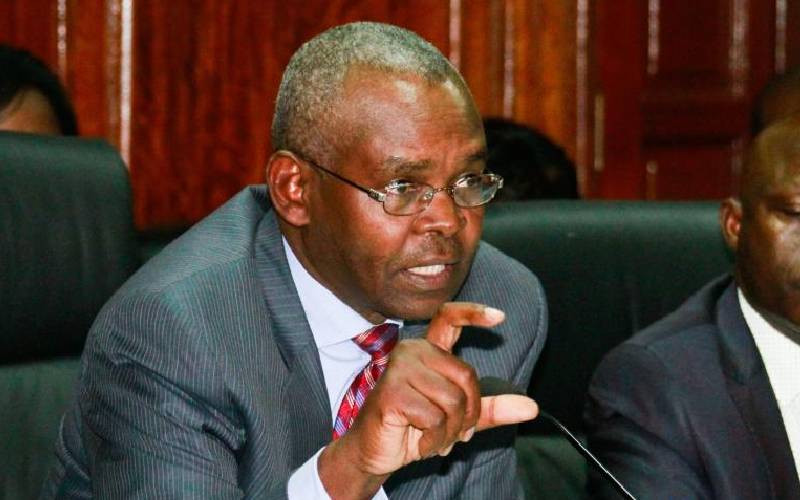The Central Bank of Kenya’s recent reopening of the Treasury Bonds FXD1/2024/010 and FXD1/2016/020 saw a mixed response from investors, casting a spotlight on the current economic sentiment. The auction, aimed at raising KES 30 billion, received a total of KES 22.64 billion in bids, but only KES 19.28 billion was accepted, marking just 64% of the target.
This outcome reflects a cautious approach from investors amid fluctuating market conditions. The FXD1/2024/010 bond, maturing in 2034, garnered KES 13.40 billion against an offering of KES 30 billion, with a performance rate of 44.65%. Meanwhile, the FXD1/2016/020 bond, set to mature in 2036, received KES 9.25 billion against an offering of KES 22.64 billion, translating to a performance rate of 30.82%.
The competitive bids led to a weighted average rate of acceptance of 16.869% for FXD1/2024/010 and 17.2854% for FXD1/2016/020, indicating the returns that investors are demanding in the current economic climate. The coupon rates set at 16.000% for the former and 14.000% for the latter also highlight the government’s borrowing costs and investor expectations.
Such outcomes are crucial indicators of the financial market’s temperature and can have broad implications. A lower-than-expected bid uptake suggests caution among investors, potentially due to concerns over inflation, interest rates, or geopolitical tensions. Additionally, the fact that a significant portion of the bids were non-competitive (3.32 billion for FXD1/2024/010 and 1.14 billion for FXD1/2016/020) points to a preference for safety over yield among a subset of bidders.
Moving forward, it will be important for market watchers and potential investors to monitor these trends closely. The Central Bank of Kenya is expected to adjust its strategies in response to these market signals to ensure robust participation in future bond offerings, which are critical for funding government projects and managing national debt. The specific features and terms of the upcoming bonds set for October 2024 will also provide further insight into the evolving economic landscape and investment opportunities.





